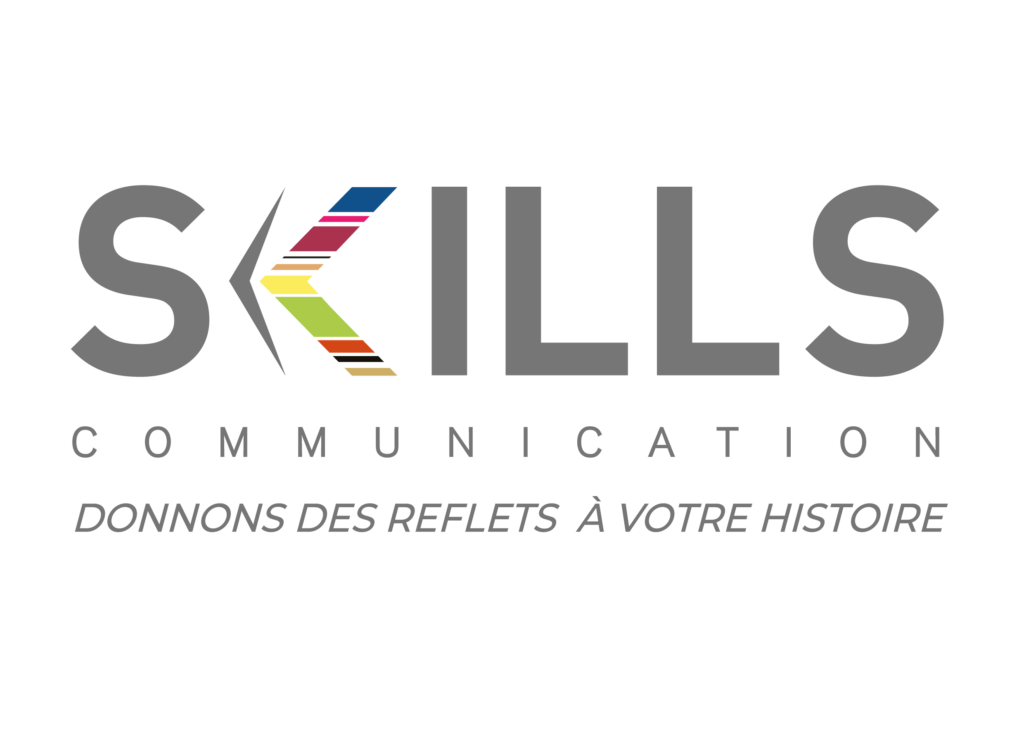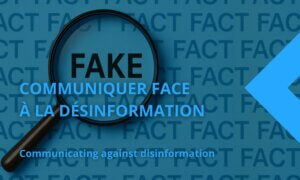As a content creation agency, we often question the rise in power of AI text generation tools. LLMs (Large Language Models) are becoming increasingly efficient and offer productivity gains that can no longer be ignored. However, even if a revolution is underway, humans still have a central role to play in creating quality content, whether it’s brand content or news content.
Here, we compare AI solutions and the contribution of communications agencies specializing in content creation.
Comparison of the different strengths of writing by a human or AI:
Here we summarize the main differences between human handwriting and AI.
Advantages of human writing:
- Deeper understanding of the subject and nuances
- Ability to express emotions and a unique personality
- More natural respect for grammar and style rules
- Better adaptability to the context and specific needs of the reader
Advantages of AI writing:
- Higher productivity and reduced costs
- Consistency and adherence to technical guidelines (SEO, formatting, etc.)
- Ability to quickly generate content on a wide variety of subjects
- Easier iterations and customization possibilities
The strengths of content written by a human are depth, expressiveness, and adaptability, while AI excels in productivity, technical consistency, and versatility. The choice of balance between the two will depend on the specific objectives of each editorial project.
The limitations of AI writing compared to the human pen
A lack of emotional depth
One of the major weaknesses of AI in writing lies, as of today, in its difficulty in conveying authentic emotions. Where a human author draws from their lived experience and sensitivity, AI often simply reproduces learned emotional patterns, without real understanding.
SKILLS has frequently found that AI-generated texts often lack that spark that makes the reader resonate. They can seem flat or artificial, even when dealing with subjects that are supposed to be emotionally charged. Communication is all about convincing target audiences by touching them and creating a memorable emotional bond.
Limited creativity
Although AIs are capable of producing original content, their creativity remains limited by their programming. They excel at combining existing elements, but struggle to generate truly innovative ideas or think outside the box.
As editors and writers, we know how valuable it is to be able to make unexpected associations of ideas or adopt a completely new angle or surprising tone on a subject. This is where the human brain still has an edge.
Errors in context and judgment
AIs can sometimes make surprising context errors or lack discernment in their statements. For example, they may use inappropriate examples or make wrong analogies, due to a lack of real understanding of some cultural or social nuances.
We have seen AI-generated texts containing glaring inconsistencies or dubious statements that would never have escaped an attentive human writer.
Standardization of style
AI writing tends to produce relatively uniform texts in terms of style. Even if it can imitate different tones, it struggles to reproduce the richness and diversity of human writing styles.
This standardization can lead to a loss of literary diversity and a global impoverishment of written expression if we’re not careful.
How to spot a text written by an AI?
There are a few keys to this, but AI is progressing so fast, we’ll soon need AIs to spot AIs!
Analysis of vocabulary and sentence structures
AI-generated texts tend to use more standardized vocabulary and more predictable sentence structures. A trained eye can spot:
- Frequent repetitions of certain words or expressions
- A lack of variation in sentence length and structure
- The systematic use of certain stylistic turns of phrase
Coherence and fluidity of the discourse
Although AIs are constantly improving, they can still struggle to maintain perfect coherence over long texts. Be attentive to:
- Abrupt changes in tone or subject
- Inconsistencies in argumentation or the common thread
- Artificial transitions between paragraphs
Presence of generic or outdated information
AIs rely on databases that can be incomplete or obsolete. We will then note certain details such as :
- Information that is too general or lacking depth
- Manifestly outdated references to events or data
- Absence of mentions of very recent developments on the subject being discussed
- No mention of sources to presented data
Lack of personal perspective
AI texts often struggle to express a truly personal point of view or share unique experiences. Listeners and readers are more likely to identify with texts that encourage them to think and share points of view that are open to criticism. You’ll thus spot :
- The absence of anecdotes or concrete examples drawn from personal experiences
- A tone that is too neutral or impersonal, even on engaging subjects
- Opinions that are too consensual or lacking in nuance
Agency vs. AI for content writing : brief comparison
| Criteria | Human writer | Artificial Intelligence writing |
|---|---|---|
| Creativity | High, capable of innovations 👍 | Limited to usual combinations 👎 |
| Empathy | Deep, based on experience 👍 | Superficial, simulated 👎 |
| Coherence | Variable, but generally high 👍 | Can degrade on long texts 👎 |
| Adaptability | Excellent, sensitive to context 👍 | Limited to its programming but in progress 👎 |
| Productivity | Variable depending on individuals 👎 | Very high and constant 👍 |
| Style | Unique and personal 👍 | Tendency towards uniformization 👎 |
AI text detection software
Want to avoid AI-generated texts altogether and really test your agency’s editorial capabilities?
Here are three of the best tools for detecting texts generated by artificial intelligences. These software help maintain the authenticity of content and quickly identify texts potentially generated by AI models.
- GPTZero: a tool for detecting texts generated by models like GPT-3 and GPT-4. It analyzes the structure and style of the text to identify patterns characteristic of an AI. GPTZero is often used by teachers and professionals to verify the authenticity of writings.
- Turnitin: initially known for plagiarism detection, Turnitin has integrated a specific feature to spot AI-written texts. The tool is widely used in academic and professional circles, with great accuracy.
- Writer.com AI Content Detector: a tool that offers an analyzer that determines whether a text was generated by an AI or a human. Writer.com focuses on marketing content, but its AI detector works effectively in various contexts.
AI text humanization software
You may also want to take advantage of the productivity benefits of AI but add a more human touch… again through AI.
Here are three of the best tools for humanizing texts generated by AIs. These software are useful for refining AI-generated texts, making them more natural, engaging, and adapted to a human audience.
- Quillbot: a very popular paraphrasing tool that helps rephrase sentences while preserving their meaning. It allows adapting the style and tone to make the text more fluid and human. Quillbot is particularly effective in making AI texts less mechanical and more natural.
- Grammarly: in addition to correcting grammar and spelling mistakes, Grammarly offers rephrasing suggestions to improve clarity, tone, and fluidity. Its “Tone Detector” and readability improvement functions help make AI-generated texts closer to those written by humans.
- Hemingway Editor: a tool that helps simplify and clarify text. It highlights complex sentences, overly technical language, and words that are too long, encouraging a more direct and understandable style. Simply put, Hemingway Editor helps make AI writings more accessible and human.
It’s worth noting, however, that in both of the above cases of using AI, your agency or editorial team will still have a major responsibility in the success of your content strategy. They’ll need to manage your editorial calendar to sequence the themes that will resonate with your audience. It will also have to choose the illustrations in your context and the forms that match your corporate identity.
The future of content creation: a balance between human and AI
AI will certainly play an increasing role in content creation, but it will not completely replace human writers and specialized agencies. Its main usefulness will probably lie in writing assistance rather than autonomous production.
Writers who know how to take advantage of AI tools while bringing their personal touch, their knowledge of their clients’ businesses, and their critical sense will have a certain advantage.
Managing thematic rotation schedules (editorial planning), knowledge of the client’s universe, its business codes and its editorial history are just some of the assets that a specialized content creation agency can bring to the table.
The future of content creation thus belongs to those who will know how to combine the best of both worlds.
The SKILLS DirCom‘s experience in working with major groups and well-known market influencers gives us a broad vision of our clients’ communication challenges. We can help you analyze your environment and optimize your “brand content” and editorial production to improve your SEO and convince your audiences.
#brand content # contenu de marque #histoiredemarque #brandstory






